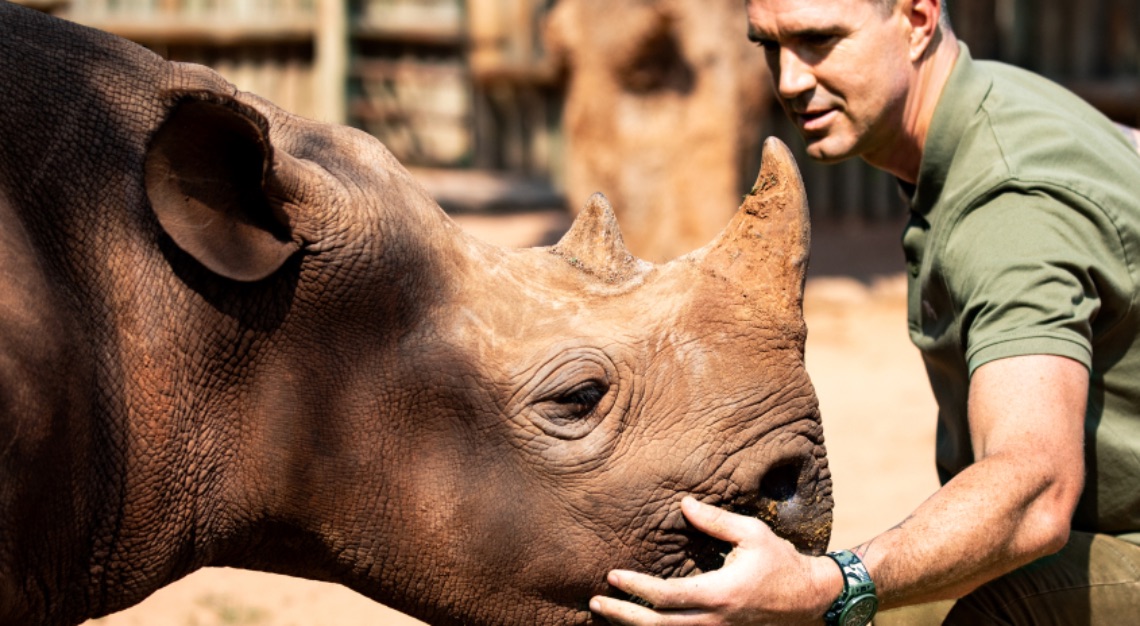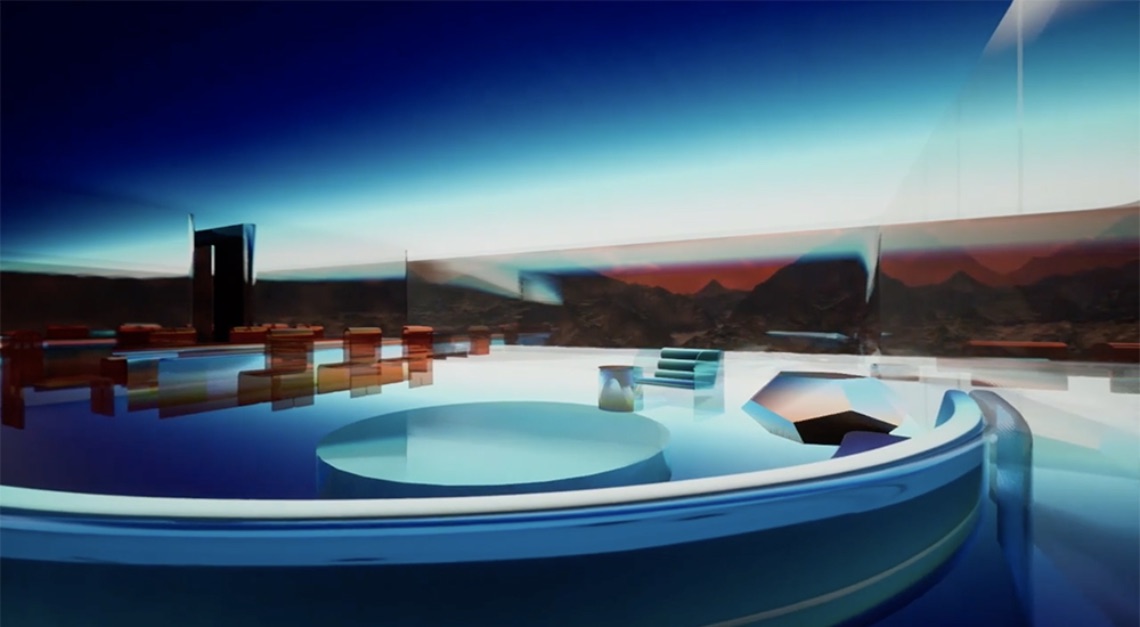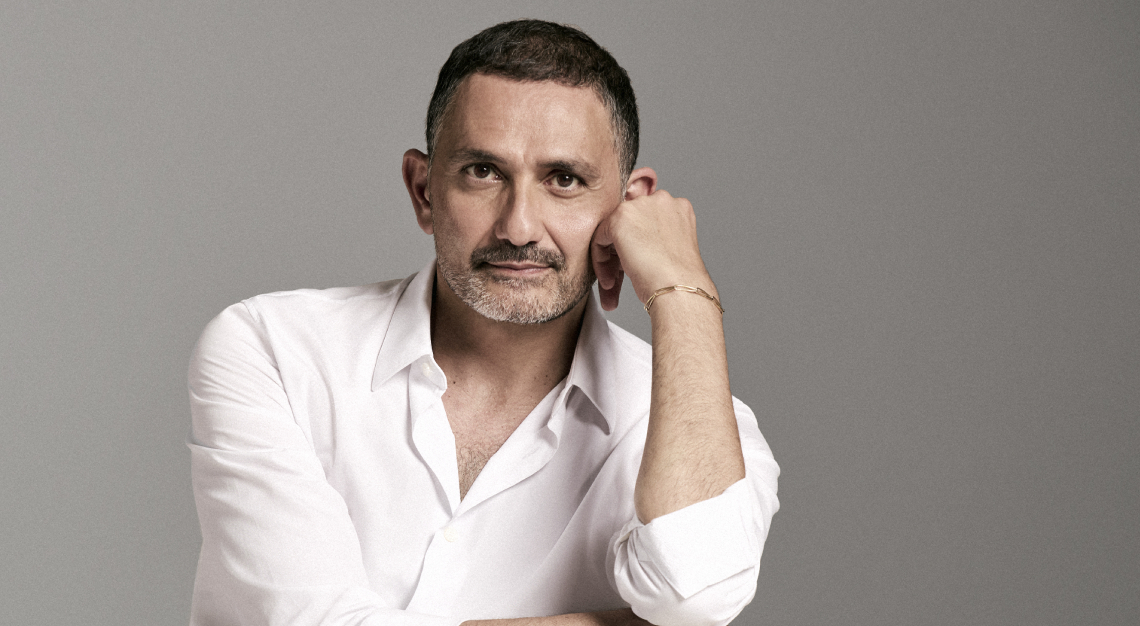The Answers With… Grammy-nominated composer Ella Spira MBE, who shares with us more about her Global Landscapes series, her creative processes, and why we may need the arts to stay alive
They say it’s important to keep alive traditional folklore and explore them in contemporary mediums, and Brothers Grimm has done just that—making their mark in history and leaving a legacy of fairy tales. Just as ambitious and with noble intentions, the inspired Sisters Grimm was founded by Ella Spira MBE and Pietra Mello-Pittman MBE in 2009 to elevate the arts with socially pertinent messages.
“Everything we do is a result of us getting frustrated by something, like somebody being racist, or a particular industry having too much or not enough representation of something or someone. The environment as well. It’s not activism, but more so wanting to softly lobby people into being more aware of things that may lead to them doing things professionally that could make big changes,” Spira shares.
Sisters Grimm has since put on groundbreaking and award-winning shows like Voices of the Amazon and Inala, both of which were performed at Singapore’s Marina Bay Sands in 2017 and 2019 respectively.


“Our whole business is really about corporate social responsibility, in a sense, social impact—we specifically do a lot to work with youth in different ways. We have a reach of 200 million, on the internet and internationally. Our shows have played to almost 150,000 people live, and we’ve had 8000 young people who have benefited directly from our social impact programmes,” Spira continues.
Spira has recently come back to Singapore to feature our sunny island on her Global Landscapes series—a set of paintings spanning countries like Brazil, China, Lapland, Portugal, and more. Most notably, her work at the Albanian Alps, titled Shala River, was gifted by Albanian Prime Minister Edi Rama to British Ambassador Alastair King—all in celebration of 100 years of friendship between Albania and the UK.
What an honour to be on Sisters Grimm’s radar, and part of Spira’s Global Landscapes series. Let’s see what Spira has to say.
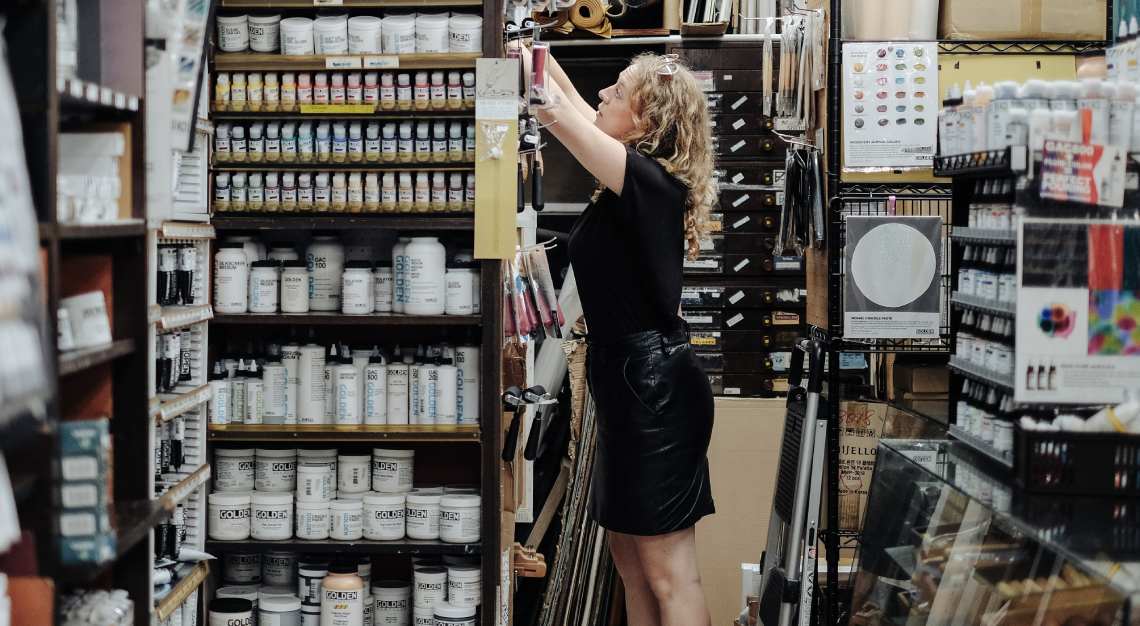
What is it like to be you?
It’s unconventional, it’s amazing, it’s challenging. It’s rewarding, and I think it takes quite a lot of mental and physical strength. It’s hard to be an artist on lots of levels, and more so a female artist. It’s challenging on quite a lot of levels, on account of what the outer perception is, to what the reality of being an artist is. And then physically, it also requires quite a lot of strength. So with the piano, you know, there’s an amount of physical strength that is needed to be able to play and practise the amount that I play in practice. There’s also a kind of physicality that comes into painting, and particularly the style of paintings that I do, and the places that Pietra and I put me into to create work.
Here in Singapore, we hired a very nice little yacht and went out among the shipping containers. It stormed around and on us, and the boat was going off balance. Still, I completed this painting, which I think is probably one of the best pieces I’ve ever done. It also took a lot of mental discipline and strength because the rain started coming across the canvas, and the way it reacted with the paints and other materials left a batik-esque type effect. I didn’t want to interfere with what the rain had done because it was so special as it was, and there had to be an openness and fluidity in allowing other things to happen.
Can you tell us more about Global Landscapes?
Like with everything I suppose, it kind of evolves as it goes along. I’ve done paintings in 18 different countries now, focused on bigger bodies of work. The UAE and Singapore are places I’ve done more substantial work that’s specifically themed. What’s wonderful about where it’s evolved to with the set of works I’m producing here, is that Pietra is being featured in them. Specifically, I want to deliberately show how she and I spend time, how we find this bubble of peace and security with each other, and the trust in the relationship that we have.
For the charcoals I’ve been doing, I started doing it when my grandmother passed away, she’s the matriarch in my family. In the evenings, I needed quite a lot of quiet time to recover. So I would go and sit in a bar, put in this podcast my sister shared with me, and start doing charcoal drawings. I’ve continued to do them in the Soho House, a few in different spots and lounges in New York and San Francisco as well. I’ve done six here, and four in the 67 Pall Mall. It’s quite interesting, these charcoal pieces were almost a mental health piece for me; it was like me giving therapy to myself.
Being in bars doesn’t necessarily sound very “global landscape” but it’s very much about becoming a part of it. It’s like escapism and a celebration of the people in a place. I don’t want to stand at a distance and put my Western expectations onto anything. That’s not how it should be when you come into other people’s countries—presenting what it really is, rather than it being new to me.
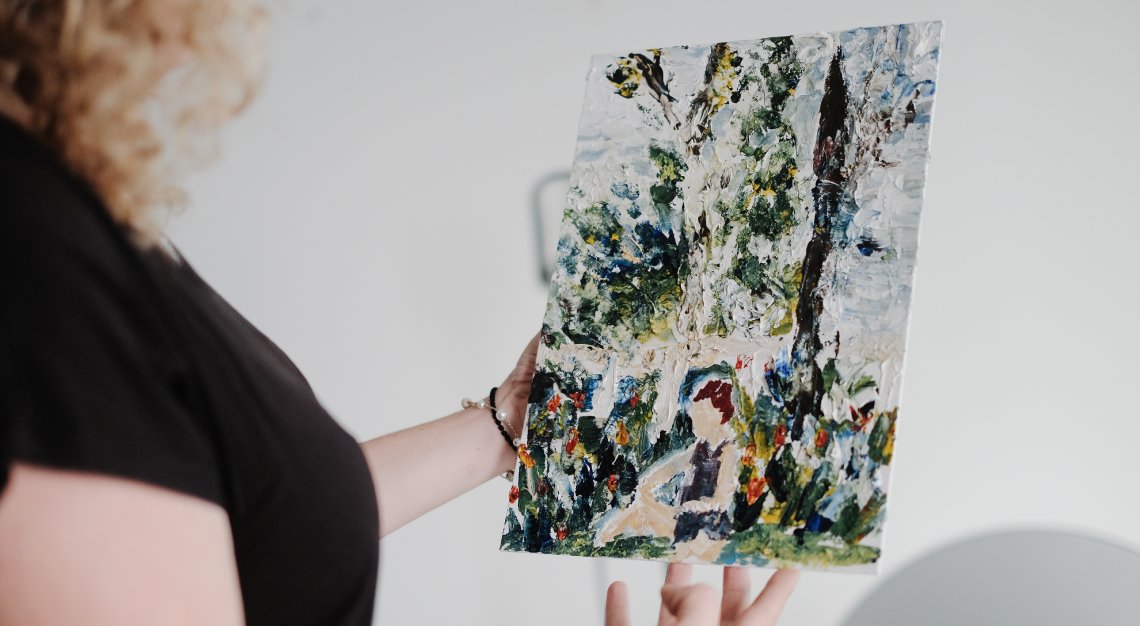
Why Singapore?
I’m not interested in painting Britain, I’m much more preoccupied with wanting to translate what I see, celebrate and love in other countries onto the canvas, or onto paper if it’s charcoal, or into the music that I write. That’s the thread.
So I was sponsored to come and produce the set of paintings here. This person knew our history with Singapore and having brought out shows here, knew that we liked the country. I love Singapore. I’ve dealt with two major deaths, and was in a space of needing to be somewhere I felt safe emotionally. Singapore has given that to me, really. We’ve got some lovely relationships with people here, and the country itself makes me feel very calm. I can honestly say I’ve found peace here at this time, which has been important given what’s happened this year.
Does having come from Gloucester influence your work that is on a global scale?
I think it does. Gloucester is one of the most culturally diverse communities in the UK after London at some point. That is, in ways, the opposite of luxury. I didn’t grow up in a particularly well to do place. It did influence me however because it was very diverse. It was predominantly Caribbean, Pakistani, Indian, with some families from Burma. So that definitely informed me and formed my connection with people from other cultures. The people who bought the properties in the first place were the first generation people who moved across from these countries, then their children were British. That was interesting to grapple.
Through my mother’s side, I’m third generation holocaust survivor, and it’s a trauma that’s well alive in the family. My mother has done a lot to support the asylum seekers and refugees in Gloucester. So, my obsession with collaborating with different cultures comes from this thought that if we celebrated and knew more about each other’s cultures, maybe persecution wouldn’t happen again. It’s idealistic, sure, but it’s a good driver I think.
What is the main message you want to convey with your work?
The main message within Global Landscapes is to celebrate both our natural environment and how civilisation is progressing in equal measure. And if we can do that, I think we can continue to progress in a way that also enables us to protect nature. It’s also about looking after your own mental health and finding those things that give you those moments of escapism, bring you those happy feelings. Always stay in tune with your own well being.


What is the most intriguing or experimental technique you’ve used in your art or music?
Visually, the most experimental technique is mixing mediums. I don’t follow a rule book; I know it, but I just don’t follow it. It’s about being brave about trying different materials and mixing things together, and also being free and brave enough to try to be objective about unexpected happenings like the rain. Do I start again? Do I paint over the rain? Or do I allow the rain to be part of the piece?
Musically, it’s about not overcrowding a score. What I learned in working with the music producers from Ministry of Sound was to think about sound in a completely different way—like a circle. So if you’ve got two things coming in at the exact same frequency, even with different instruments, it muddies up the sound. So I’ve always been quite disciplined about that, having learnt it through music producers, which is not something that comes with classical training.
What would you say separates good art from great art?
I think great art has intention behind it, there’s a purity of meaning: a deep attachment from the artist to the subject, and the subject matter. Whilst there’s planning involved, for me, I feel like great art also has an element of things that happen that haven’t been pre-planned, or something that cannot be controlled—it stops it being contrived.
Personally, what I find to be great art is when you can feel an excitement, emotion and energy come through from a piece. There’s an aspect or element of freedom and edge that needs to have existed in the process of creating a piece. And I think that’s the same for music as it is with art.
What is indispensable to your creative process?
I want to say Champagne, but that’s probably not the right answer! No, if I’ve had a glass or anything at all, I don’t touch the piano—the neurology of it, that connection doesn’t happen.
It’s the message and international cultures, and appreciating the people, the country and its natural landscape. For Singapore, it’s respect for the leadership as well, it’s not the same everywhere.
And also, my relationship with Pietra. We don’t have a romantic relationship, but we’re basically like a marriage. It’s having somebody that enables me as an artist to come up with new ideas, and enables the good ones to come to fruition. We really hit our groove, but there were also moments of tension, not fully recognising both parts as important as the other. Everyone’s got an ego. Sometimes when we’ve had some champagne, we’d have these conversations and I’d tell her I couldn’t work without her. This relationship really works, and I don’t know that there’s quite enough out there that celebrates how important finding this is. We have an amazing team; she’s my real partner in crime.
It was mentioned previously in your youth that you had ambitions to compose for Disney, have your ambitions changed since?
Yes, my ambitions are changing massively. I admire Disney as an organisation and some of the people within Disney so much. There is such immense artistry among some great leaders within the organisation still, I would hope that at some point we could come together. It will happen if and when it’s supposed to happen. What I wouldn’t do now, and I don’t mean this to sound in any way negative, but I couldn’t be just a composer for somebody else’s project. I just wouldn’t be as committed to something where it’s not something that Pietra and I are doing together or that we’re both involved in the overall picture.
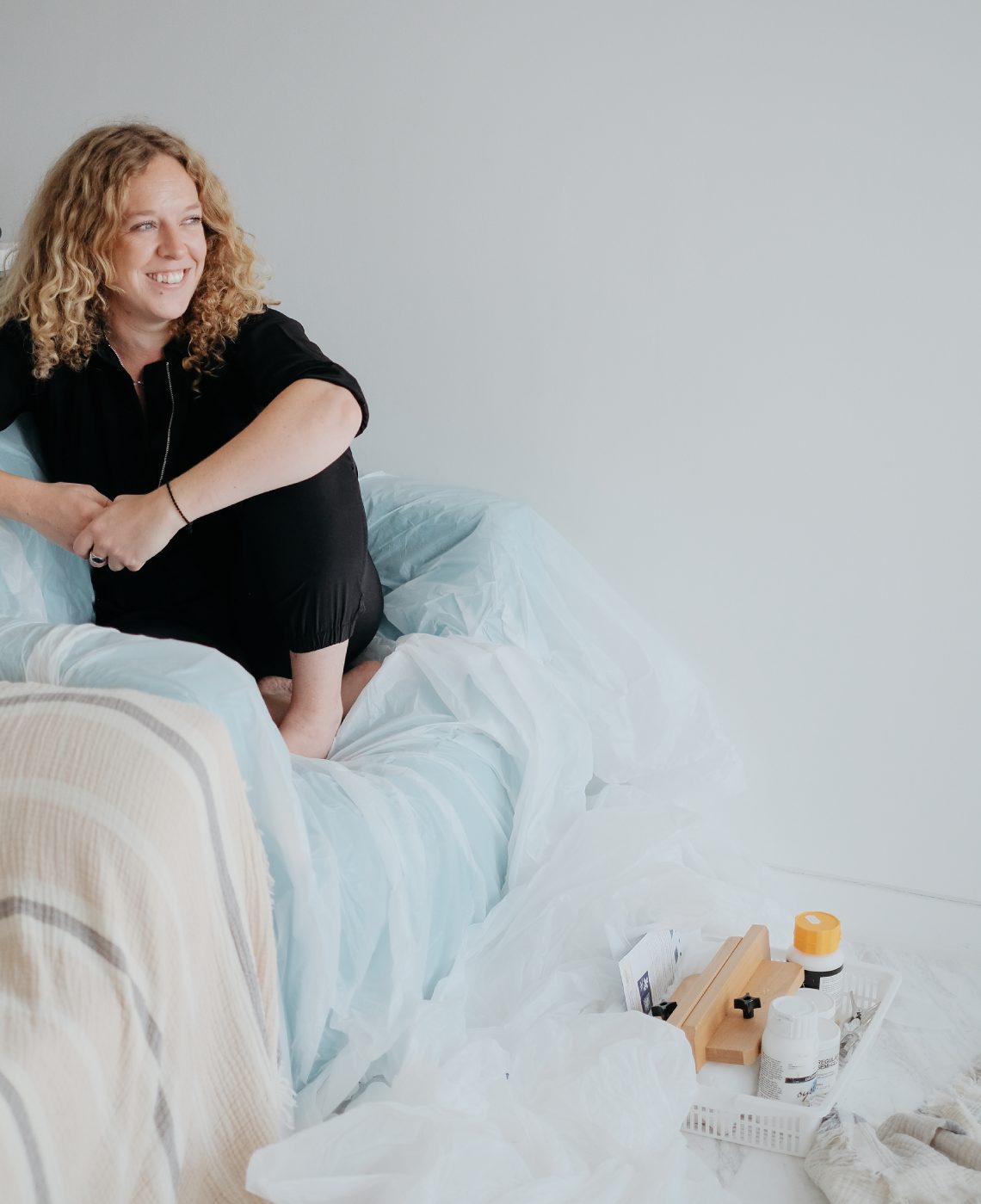
Where do you see the arts going into the future?
Personally, I would like to continue to produce works that help people to find a way into realising how they can find their moments of peace and calm. Maybe implement or reinvigorate things in their life that they can do day to day that helps them. That is something that I want to be able to continue to do long term, with the subject matter being in different countries.
Overall, I really think that the arts need to continue to develop, continue to find new ways to adapt. The arts still need more financial support. I would love to see more effort at a government-level, with a focus on longer term investment that also contributes something else. To that end, I think that more art is driven by this—addressing social matters in a way that shifts away from being aggressive and confrontational, but instead positive and accessible. That is to say, it’s an almost incidental kind of thing within, let’s say, a script that can shift things massively.
There’s this idea in Singapore that the “[arts] is a luxury we can’t afford.”
I know we don’t technically need the arts to stay alive, but maybe we do sometimes. Maybe it helps people’s mental health in a way that we’re not fully recognising. And sure, that’s not going to be the same for everybody, but I think the things that help mental health should not be undervalued. If I’m in a bit of a funk, I’d just put some music on, and it will pull me out of that. I’m not saying it magically makes everything better, but it can really aid mental health and creative thought. The world isn’t going to progress if we don’t continue to help people think creatively, because that’s what drives progression.
When there’s a global crisis, art events and exhibitions are one of the first things to go. I get it, in a situation of life and death, but I also think the arts do so much more from a more nuanced mental health side of things. In that sense, it’s not a luxury, though I do understand why it would be seen that way.
What can the world expect next from Ella Spira?
I would really like to go do paintings in South Africa, with Inala having been such an important show for us, reconnecting with South Africa. The upcoming exhibition that brings together Rebecca Toh and I in a public way is also really important to me. I’m trying not to get ahead of myself in a way that allows the process of the work to be organic, but I am excited about it, so that’s definitely something that will come to be available in the hopefully not too distant future. We also have another project that we’re launching in London next year, and Inala will come back in 2024.
How would you like to be remembered once you leave Earth?
I want to be remembered for doing work that helped create change. We have young people who take part in our programmes, and I want to help show them a path that they then follow. I really want us to, say in ten to twenty years’ time, that they’re still talking about how they joined our programme and are now an environmental scientist helping the world.
It is also important to me to keep putting a light on representing different cultures around the world. Things they don’t immediately think of, giving it a different kind of viewpoint that’s celebrating things from within that culture and celebrating the people, that’s really important.
Editor’s note: On 4 and 5 November 2022, Spira’s works will be on display at Art Now Gallery, housed in Raffles Hotel. Titled Global Landscapes Singapore, the exhibition is held in collaboration with Singaporean photographer, Rebecca Toh.

